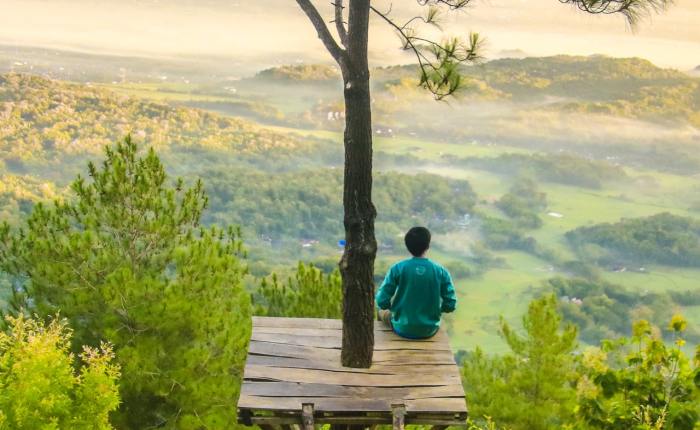A previous version of this post has appeared on the Real Caring blog.
In Please Understand Me: Character and Temperament Types, authors David Keirsey and Marilyn Bates discuss the differences people display in their thinking, beliefs, desires, and emotions. However, rather than simply recognizing and accepting these differences in others, we tend to pathologize them: “Seeing others around us differing from us, we conclude that these differences in individual behavior are temporary manifestations of madness, badness, stupidity, or sickness.” Having viewed others this way and experienced this kind of treatment myself, I can relate to the authors’ claim that, “our attempts to change spouse, offspring, or others can result in change, but the result is a scar and not a transformation.”
To help create better acceptance and understanding of oneself and others, the book includes the Keirsey Temperament Sorter, a short questionnaire to help readers determine their personality type. The four-letter result will look familiar to anyone who has taken the Myers-Briggs.
These 16 personality types are grouped into the temperaments described below.
Artisan (ISTP, ISFP, ESTP, ESFP): People of this type make up about 35% of the population. This type seeks sensation. Artisans are spontaneous and action-oriented, and tend to focus on the present moment. They are often artistically gifted, unconventional, and can be impulsive.
Guardian (ISTJ, ISFJ, ESTJ, ESFJ): Also making up about 35% of the population, people of this type seek security. They focus on duties and responsibilities, like to follow rules, and usually enjoy tradition. Guardians are down to earth and pride themselves on being trustworthy.
Rational (INTJ, ENTP, INTP, ENTJ): People of this type make up about 13% of the population. This type seeks knowledge, wanting to “understand, control, predict, and explain realities.” Rationals are pragmatic and efficient, love intelligence, and desire competence.
Idealist (INFJ, ENFP, INFP, ENFJ): Making up 17% of the population, people of this type seek identity. They focus on hopes, goals, and possibilities, guided by their own personal code of ethics. Idealists are interested in self-growth and are often talented at verbal and written communication.
While understanding temperament types can help us relate to partners, family members, friends, and colleagues more effectively and with greater empathy, this understanding can also prove beneficial in a therapeutic context. People of one temperament type may be more likely than others to receive certain diagnoses. “The vast majority of clients that I work with who have Borderline Personality Disorder (BPD) traits are Idealist personality types,” Shannon McQuade, LCSW, LMT, said. In McQuade’s experience, people of this type also seek therapy most often, due to their focus on self-growth and search for identity.
“Idealists are “intuitive” which is to say that they “look inward” to process information,” McQuade explained. “Under stressful conditions, this can lead to dissociation. It can cause a loss of a sense of self and confusion so characteristic of BPD. Idealists are also strong “feelers”, which is to say that they’re highly sensitive people who can be overwhelmed or stressed fairly easily if overstimulated. BPD has a biological sensitivity and environmental component. An intuitive feeler Idealist growing up in a chaotic environment can develop the very same symptoms we see in BPD.” This type of understanding can help mental health professionals view their clients more holistically, rather than simply focusing on their diagnosis.
Keeping temperament types in mind can help us relate to those around us as individuals, rather than viewing them as flawed and in need of correction. The book provides useful information about how to do this, with descriptions of each temperament type as a mate, as a manager, and as a child. I especially liked the section on how best to show appreciation to each temperament type. The book is enjoyable to read and offers practical ways to understand others better in all situations.
Psychotherapy can offer a lot of assistance with feeling understood and understanding others. I’m a licensed associate marriage and family therapist, and am accepting new clients (Utah only), both in person and over telehealth. Find out more here.
Energy work can also be of great value in understanding self and others, especially when combined with psychological perspectives. I offer energy healing and coaching to people worldwide. Book a session or find out more here.

































